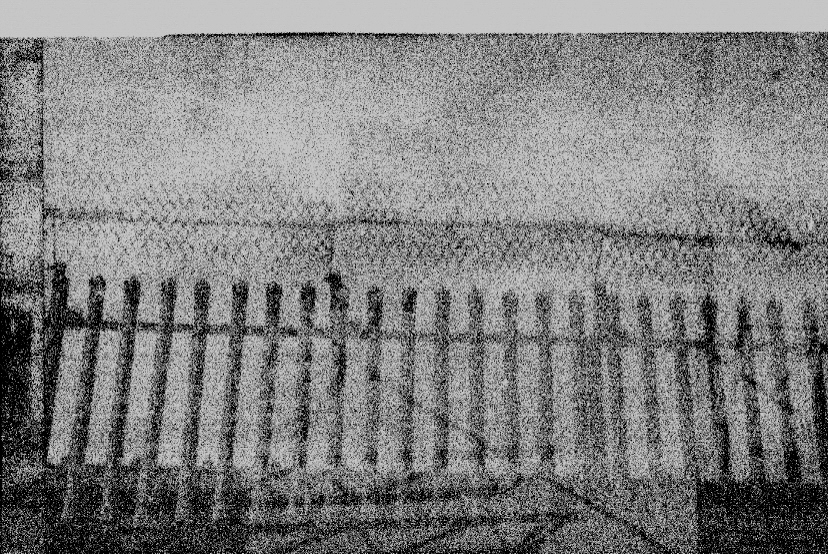Im posting these as documentation. It’s fair to say that it hasn’t worked in the traditional sense on either of my two rolls but the process is worth noting and reworking. The recipes were inspired by ones found in the Re-Source book by Sustainable Darkroom. The changes made to it tried to pull from variants across the internet. There are many small things that can make an experiment like this worth repeating due to circumstance. With the recipies online the specific seaweed used was bladderwrack. My local shore has an abundance of serratedwrack, a very similar seaweed. Though similar, it may have different levels of chemical properties, the water in Dublin may have a different PH, the level of shoreline I collected from may have more or less toxins, the films I used may have suffered from countless potential external circumstance that makes them unusable, I have used too high or too low a temperature,… the potential to fail is high. Luckily in one of my failed rolls, despite the fact that it became evident I had double exposed the whole roll without realising, I did get some faint images that proved that serrated wrack has the potential to work in the future.
One plus from scanning rolls that didn’t work as expected is that you get to ponder the point of an image. I had not intended to print these in the darkroom on photographic paper, but ordinarily, the mark of a good negative would lie in the potential to do so. With the seaweed negs, once I started to play with the scanned images I found many beautiful textures and colours that could be used in digital or possibly screen print as more abstract images. In many ways this is a really exciting part of lens based media to me, as the ability to replicate scenes with remarkable clarity is all around us already. The blue hues of colour scans that appeared as the reverse to the orange brown tint of negatives steeped in bladderwrack, and the grainy ghosts of images pulled back digitally from black negs are interesting enough to me to make me think that the future of sustainable practice isn’t just replacing chemicals with like solutions, its also seeing what else lies in the camera when new sustainable solutions are used.




